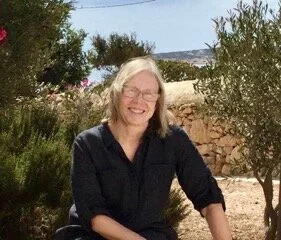Timothy Geiger on “Maybe Mice”
“Maybe Mice” was written during a one-week residency at the Sundress Academy for the Arts outside Knoxville, Tennessee. It was an incredibly productive week that allowed me to draft nine new poems; and for the opportunity, I remain incredibly grateful. I stayed in a tiny cabin called “The Writer’s Coop” about a quarter-mile back in the woods, with no electricity or running water, and heated only by an old cast iron wood-stove.
Under a canopy of oak trees, on a moss-covered deck looking out over a small “holler,” I sat bundled in a blanket and wrote as the first cold-spell of November began to settle over the countryside. I remember being dumb-struck by the sounds of all the birds that called that small valley their home. I could hear them, but rarely did I see them, as they spent most of their time in the branches above. Isolated away from civilization as the cabin was, every sound was clear and echoed off the hillsides. I could hear warblers, and chickadees, and occasionally the screech of a red-tailed hawk, and sometimes if I looked at just the right moment, I caught the sight of anonymous tail-feathers through the branches. Somewhere at one end of the holler, a small spring bubbled up, and when the wind was right I could hear it as well. I spent one afternoon looking for the source of that spring, and though I could hear it, I never could find exactly where it began.
Likewise, that quality of what was hidden translated to inside the cabin as well, where every night I fell asleep to the patter of something (maybe mice) crossing wall to wall above the oak paneled ceiling. I liked that I could imagine what those harmless critters looked like, but liked better still that I could picture them building an entire city concealed out of sight, a city built entirely in my imagination. Like the birds, and like the origin of the fresh-water spring, I never once saw them. In the quiet of that forest setting I spent so much time just listening, and through the act and effect of listening I felt my imagination triggered anew.
Most of the poems I wrote that week are about things I never witnessed, but those poems became a testament to the power of listening closely. Whether hidden by oak leaves, or among the timothy grasses covering the valley floor, or overhead behind a wood paneled ceiling, I realized just how little it takes to make a whole world out of the dark.



